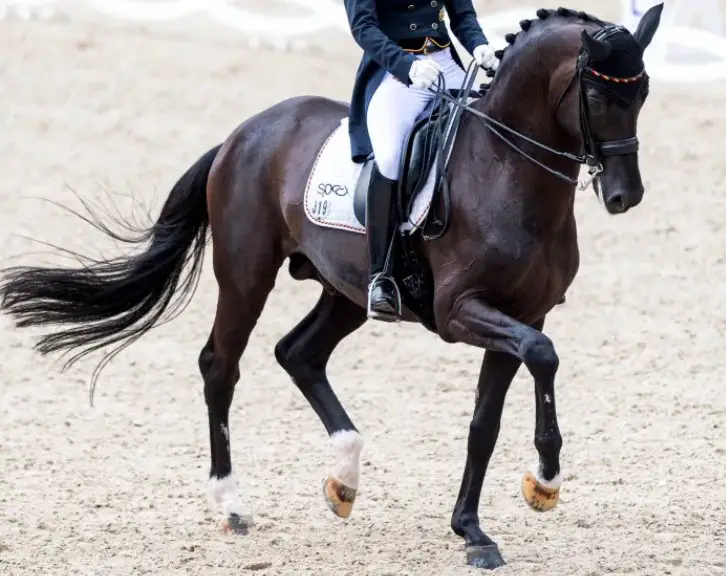Horses are animals that have always played a major role in human life. They have always been assistants and friends for many generations of people. But there are horses created specifically for sporting events besides being assistants. The most famous Hanoverian horse is one of the best-known breeds without which equestrian sport would not be what it is today.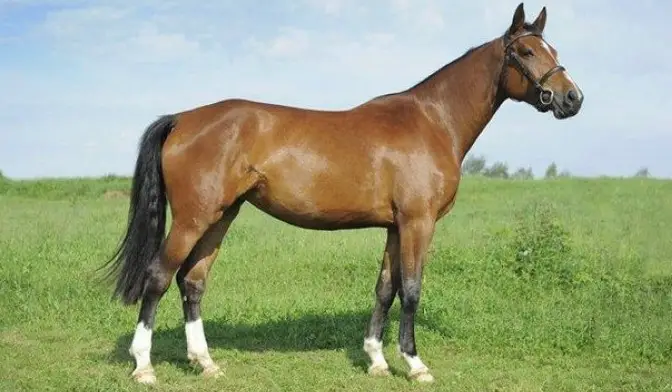
Historical Reference
The history of the Hanoverian breed goes back through the ages. The first information about these horses existed in the 8th century as they were mentioned in the description of the Battle of Poitiers in 732 because they were used then as war horses. They appeared presumably as a result of crossbreeding the Eastern and Spanish breeds.
In medieval times, these horses, being very powerful, were able to bear the weight of knights wearing heavy armor. Later, when the need for heavy armor for warriors disappeared, the need for such strong horses disappeared as well, and lighter breeds became popular.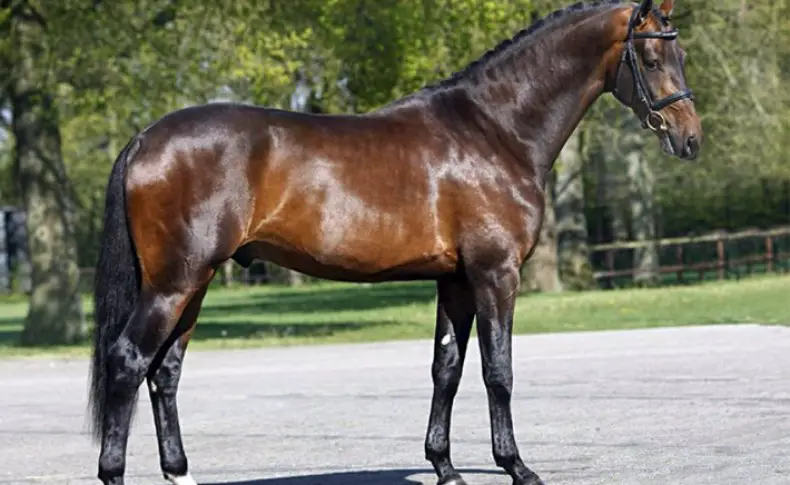
The Hanoverian regained its former popularity already in the 18th century when the British King George II (who was also Elector of Hanover) founded a stud farm for breeding these horses. The Hanoverians were regarded as horses of the harness type for a long time.
However, after numerous crossbreeding with other breeds, a different result was obtained – a versatile horse of large enough size to be used for heavy work, military purposes, and riding.
These horses began to be withdrawn gradually from agriculture and military affairs by betting on equestrian sports. The breed brand was created in 1910, and the breeders began to organize competitions for stallions in the 20s.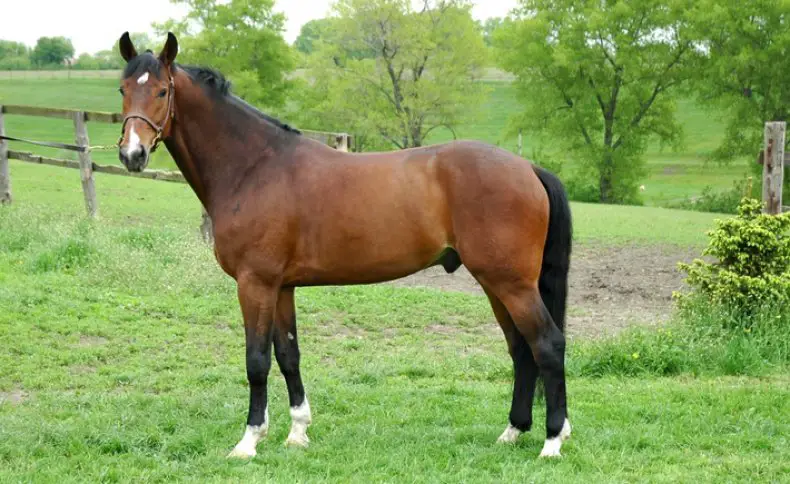 The work was underway to create the highest class of sports horses for another 30 years. The goal was achieved by obtaining a graceful appearance and the ability to perform sports tricks. Today, the breed is fully formed and has about 20 thousand horses.
The work was underway to create the highest class of sports horses for another 30 years. The goal was achieved by obtaining a graceful appearance and the ability to perform sports tricks. Today, the breed is fully formed and has about 20 thousand horses.
Appearance
The Hanoverian horses are endowed with a magnificent appearance. Their exterior mainly corresponds to the Thoroughbred, with a touch of power and strength of the Trakehners and Holsteiners.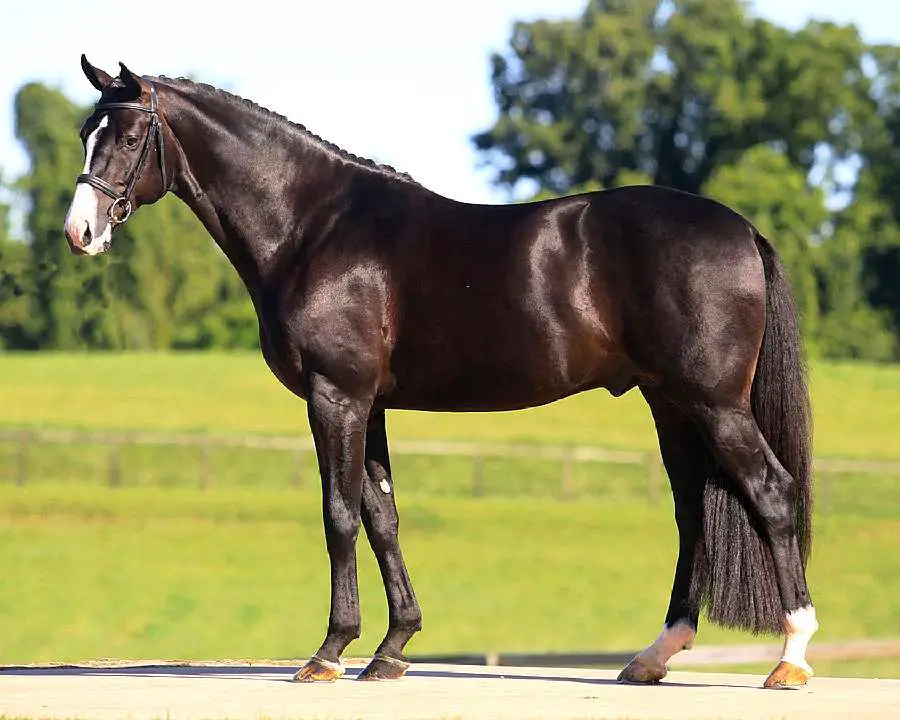
The Hanoverian’s external features:
- Weight – 550 kg.
- The animal’s height at the withers can vary from 1.6 to 1.68 m. There are horses with a height at the withers of 1.76 m.
- The body is powerful and strong.
- The head is of medium size, located on the muscular, rather long neck with a beautiful curve.
- The muzzle is adorned with expressive large eyes, wide nostrils, and high ears. The distinctive feature is that the profile is arched.
- The shoulders are medium in size, long, and slightly sloping.
- The animal has a powerful muscular back, thighs, and croup that allows the horse to make a strong push when jumping.
- The chest is built in such a way that the animal has no trouble overcoming high hurdles.
- The legs are long, strong, and muscular. Quite large joints are well visible. The hooves are regular in shape and firm. The gait of the animal is smooth. It has a long stride.
- The torso is finished with a well-set tail.
- The coat color of the Hanoverian is black or bay.
Temperament and Behavior
According to the riders’ opinions, the excellent character is added to the fine Hanoverian’s appearance. Its chief traits are:
- discipline;
- courage;
- hard-working nature;
- good nature;
- pride;
- even temper.
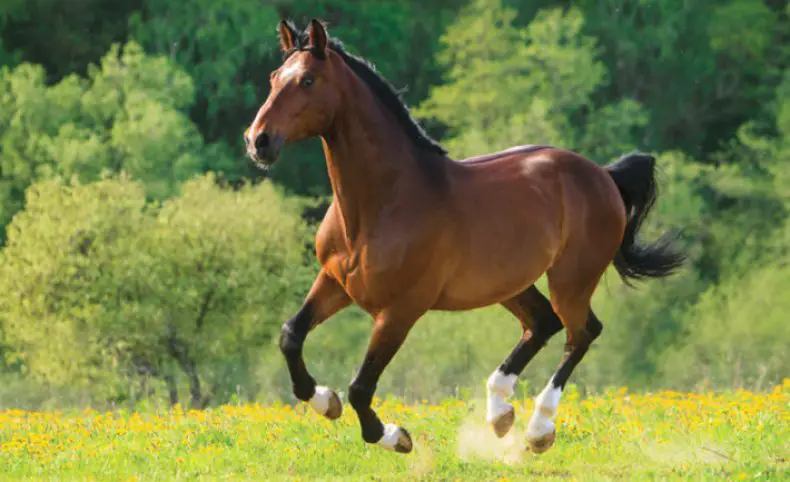
On the one hand, the Hanoverians are composed like real aristocrats, but on the other hand, they are easy-going and energetic which is very appreciated in sports. But taking into account all their positive features, these horses can have an aggressive temper.
Therefore, before breeding these animals, their character is thoroughly tested in order to minimize the aggressive qualities. The horses with a balanced temperament are used for breeding.
Advantages and Disadvantages
The positive qualities of the breed are:
- The main virtue is to work with a human at the genetic level.
- The horse is calm and obedient.
- The horse’s medium height is well suited for both experienced riders and beginners.
- The horse is good for sporting events in overcoming obstacles.
- The Hanoverians are distinguished by their loyalty to their owner, although this is atypical for horses.
- The price of the animal is not high (from $800), unlike other breeds.
The negative features are:
- There can be problems when overcoming obstacles in competitions because of the calm temperament.
- Only classical coat colors are allowed in the breed.
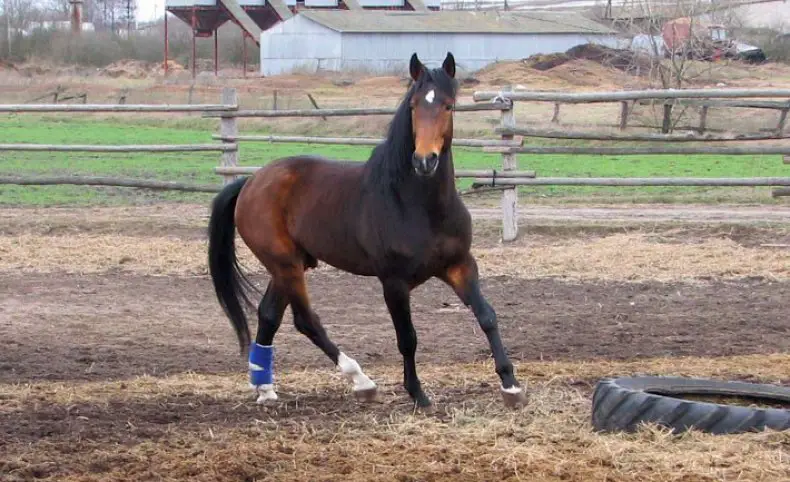
Field of Usage
The Hanoverians are the most sought-after sporting breed in the world due to their elegance and hard-working nature, as well as their graceful movements. The horse of this breed is considered the best by all characteristics in Olympic sports.
These animals are good in a gait – they are able to perform various tricks, doing it with ease, but at the same time show their strength and toughness. The showjumping where these horses are especially appreciated does not take place without the Hanoverians.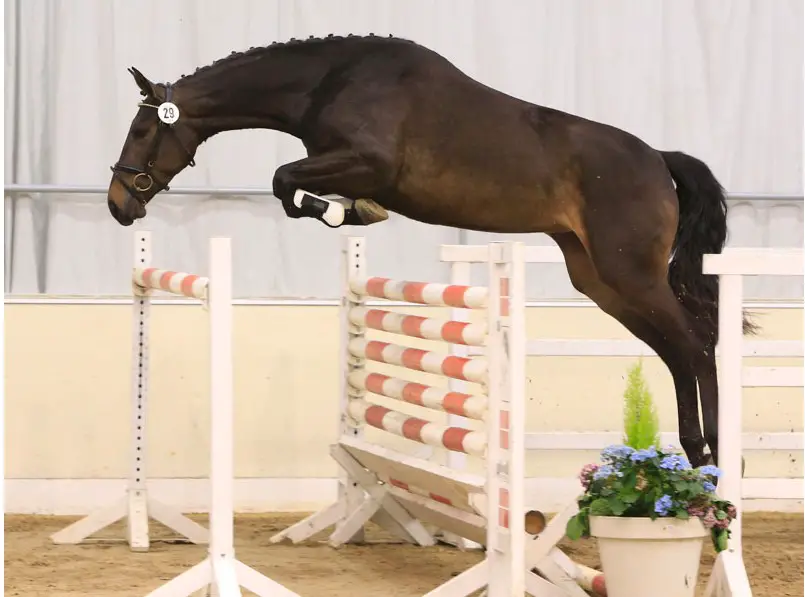
There are 3 main groups where these horses participate in the equestrian competition:
- showjumping – 60%;
- dressage – 30%;
- eventing – 10%.
That’s the percentage of horses that cope with their tasks perfectly. According to experts, the Hanoverian is one of the best breeds in horse breeding. It is an excellent breed that is genetically oriented to interact with a human which makes it much easier to work and communicate with these horses.
The gracefulness combined with strength and stamina made these horses popular not only among sports but also ordinary people who love horses.